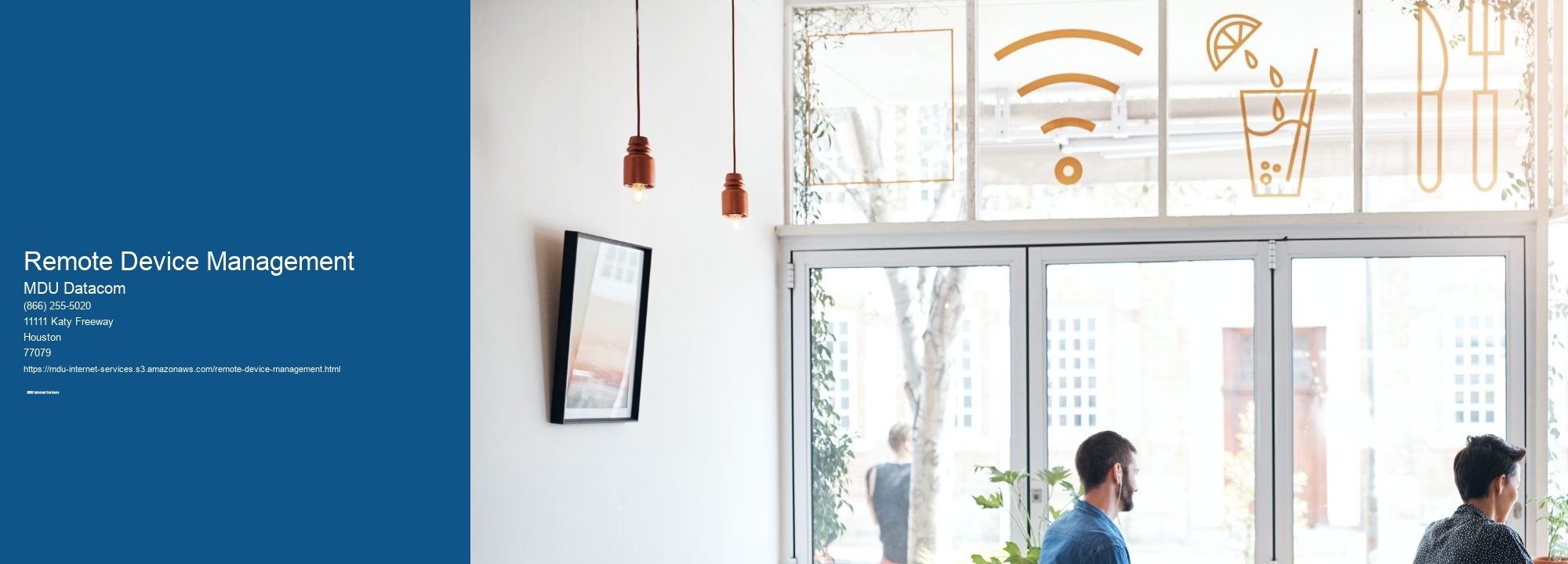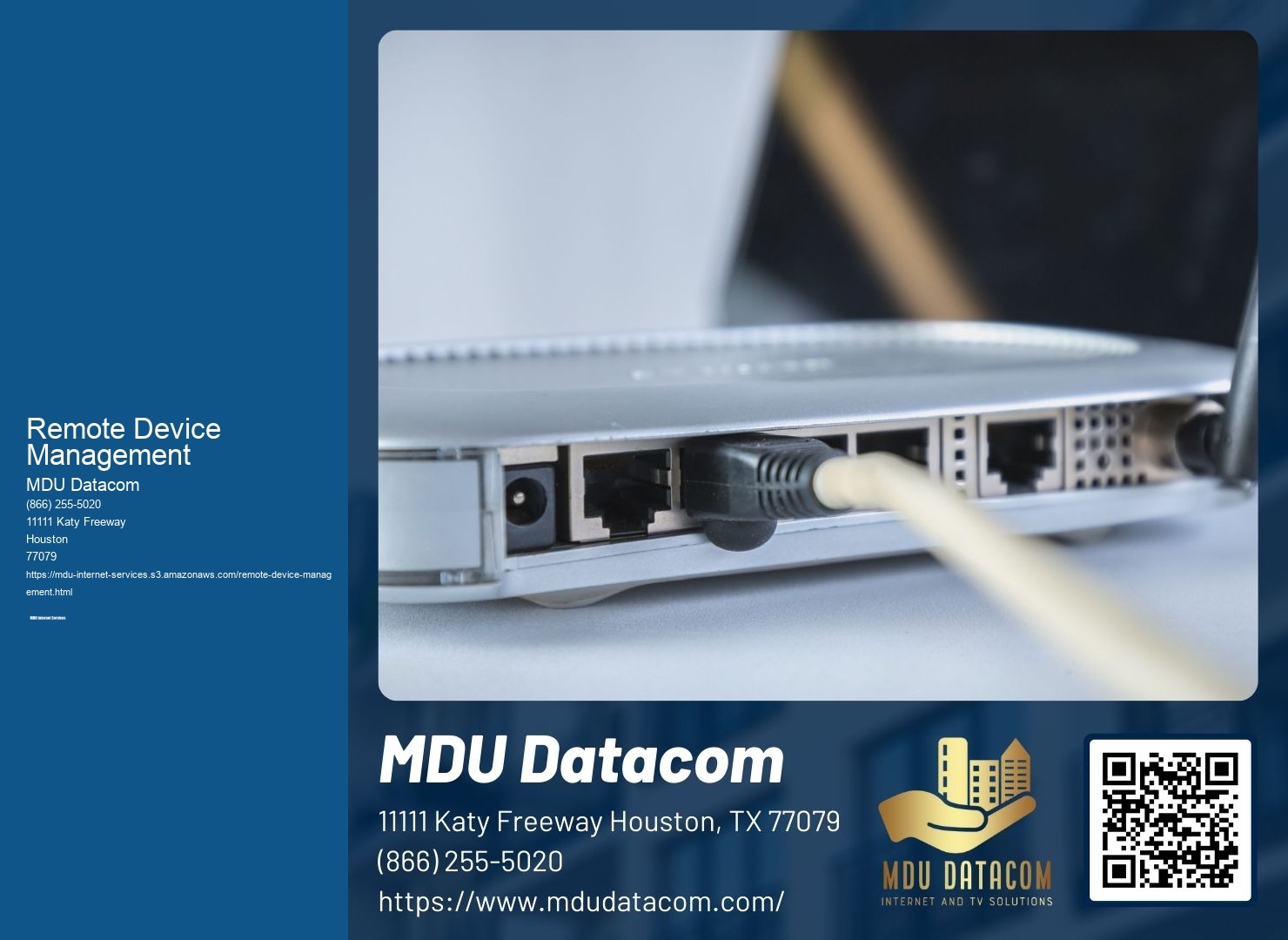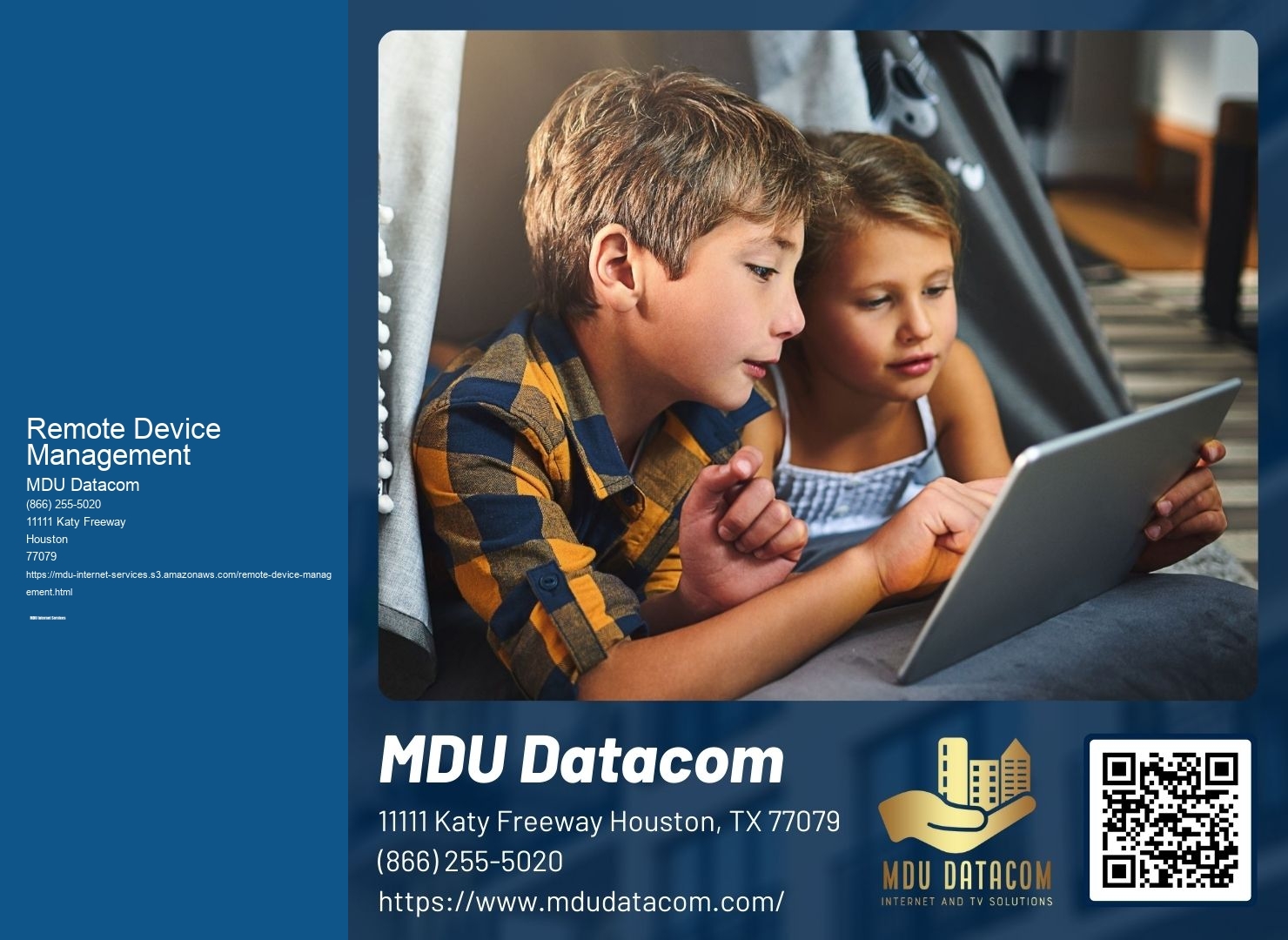

Network redundancy helps to improve network reliability and minimize downtime by providing backup components or pathways that can be used in case of failures. When a network component fails, the redundant component or pathway can automatically take over, ensuring that the network remains operational. This helps to minimize the impact of failures on network performance and prevents complete network downtime. By having redundant components or pathways, the network can continue to function even if there are hardware failures, network congestion, or other issues, improving overall network reliability.
Implementing network redundancy can come with certain challenges or limitations. One challenge is the cost associated with implementing redundant components or pathways. Redundant hardware and network connections can be expensive to purchase and maintain. Another challenge is the complexity of configuring and managing redundant components. Tenant Internet Services It requires careful planning and configuration to ensure that the redundant components or pathways are properly synchronized and can seamlessly take over in case of failures. Additionally, implementing network redundancy may also require additional network resources and bandwidth to support the redundant components, which can impact overall network performance.
Network redundancy can help achieve load balancing by distributing network traffic across multiple redundant components or pathways. Load balancing algorithms can be implemented to evenly distribute the traffic, ensuring that no single component or pathway becomes overloaded.

When designing and implementing network redundancy in a large-scale network, there are several best practices to consider. First, it is important to conduct a thorough assessment of the network to identify critical components and potential points of failure. This will help determine where redundancy is most needed. Second, redundant components should be strategically placed to ensure geographic diversity and minimize the risk of a single point of failure. Third, regular testing and monitoring of the redundant components and pathways should be conducted to ensure they are functioning properly and can seamlessly take over in case of failures. Community Fiber Optic Internet Finally, documentation and proper configuration management are essential to ensure that the network redundancy is well-documented and can be easily maintained and updated.
Network redundancy plays a crucial role in disaster recovery and business continuity planning. In the event of a disaster or network failure, having redundant components or pathways allows for quick recovery and minimal disruption to business operations. By having backup components or pathways, critical systems and data can be quickly restored, ensuring that the business can continue to operate. Network redundancy also helps to mitigate the risk of data loss and ensures that data can be securely backed up and replicated across multiple locations. This helps to protect against data loss and ensures that data can be easily recovered in case of a disaster or network failure.
Shared Broadband Services for MDUs
Remote device management helps improve the efficiency of IT support teams by allowing them to remotely access and troubleshoot devices. This eliminates the need for technicians to physically be present at the location of the device, saving time and resources. With remote device management, IT support teams can quickly diagnose and resolve issues, reducing downtime and improving productivity. They can also perform routine maintenance tasks, such as software updates and patches, without disrupting the user's workflow. Overall, remote device management streamlines IT support processes and enables teams to provide faster and more efficient assistance to users.
Bulk Internet Access for Residential BuildingsWhen implementing remote device management, several key security measures should be considered to protect sensitive data and prevent unauthorized access. First, strong authentication protocols should be in place to ensure that only authorized individuals can access the devices remotely. This can include multi-factor authentication and encryption of communication channels. Additionally, regular security audits and vulnerability assessments should be conducted to identify and address any potential weaknesses in the remote device management system. It is also important to have robust access controls in place, limiting the privileges of remote users to only what is necessary for their tasks. Finally, regular monitoring and logging of remote access activities can help detect and respond to any suspicious or unauthorized behavior.

MDU, also known as Multiple Dwelling Units, does offer incentives for residents to participate in community-wide internet speed testing initiatives. These initiatives aim to gather data on the internet speeds experienced by residents in MDUs. By participating in these tests, residents can contribute to the improvement of internet services in their communities. Incentives may include discounts on internet service plans, free upgrades to higher-speed plans, or even the chance to win prizes such as gift cards or electronic devices. These incentives serve as a motivation for residents to actively participate in the testing initiatives, ensuring a more accurate representation of the internet speeds in MDUs and ultimately leading to better internet connectivity for all residents.
Residents of MDUs have the ability to request personalized internet usage reports or analytics from their service providers. These reports can provide detailed insights into their online activities, including the amount of data consumed, websites visited, and the duration of each online session. By analyzing this information, residents can gain a better understanding of their internet usage patterns and make informed decisions about their online habits. Additionally, personalized internet usage reports can help residents identify any potential security risks or unauthorized access to their network, allowing them to take appropriate measures to protect their privacy and data. Overall, the availability of personalized internet usage reports empowers residents to take control of their internet usage and optimize their online experience.
MDU, also known as Multi-Dwelling Unit, does offer discounts for residents who bundle internet services with other utilities. By bundling these services, residents can enjoy cost savings and convenience. MDU understands the importance of providing a comprehensive package that meets the needs of its residents. By offering discounts for bundled services, MDU aims to enhance the overall customer experience and provide value for money. Residents can take advantage of this opportunity to streamline their utility bills and enjoy the benefits of a bundled package that includes internet services along with other essential utilities.
Residents living in multi-dwelling units (MDUs) often have the flexibility to upgrade their internet packages mid-lease. This allows them to take advantage of faster speeds, increased bandwidth, and additional features that better suit their needs. MDU providers understand the importance of offering scalable and customizable internet options to cater to the diverse requirements of their residents. By allowing mid-lease upgrades, residents can seamlessly adapt their internet services to accommodate changes in their usage patterns, such as increased streaming, online gaming, or remote work. This flexibility enhances the overall resident experience and ensures that they have access to the best possible internet connectivity throughout their lease term.
MDU, or Multi-Dwelling Unit, handles requests for internet service relocation within properties due to apartment transfers or lease changes by following a streamlined process that ensures a smooth transition for the residents. When a request is received, the MDU team assesses the availability of internet service in the new apartment and determines the feasibility of relocation. They take into consideration factors such as the existing infrastructure, network capacity, and the specific requirements of the resident. If relocation is possible, the team coordinates with the resident and schedules a convenient time for the transfer. They also provide assistance in setting up the internet service in the new apartment and ensure that all necessary equipment is installed and functioning properly. Throughout the process, MDU maintains clear communication with the resident, addressing any concerns or issues that may arise. By efficiently managing these requests, MDU ensures that residents can enjoy uninterrupted internet service during their apartment transfers or lease changes.
Residents of MDU (multi-dwelling unit) buildings typically have the freedom to install their own routers or modems for internet services. This allows them to have more control over their network and potentially achieve faster and more reliable connections. However, it is important to note that the specific policies and guidelines regarding the installation of personal routers or modems may vary depending on the MDU's management or internet service provider. Some MDUs may require residents to obtain prior approval or follow certain procedures before installing their own equipment. Additionally, residents should ensure that their chosen routers or modems are compatible with the MDU's internet infrastructure and meet any technical requirements set by the provider.
MDU does offer special incentives for long-term contracts with property management companies. These incentives are designed to encourage property management companies to enter into long-term agreements with MDU. Some of the incentives include discounted rates on services, priority access to maintenance and repair services, dedicated account managers, and customized solutions tailored to the specific needs of the property management company. By offering these incentives, MDU aims to build strong and mutually beneficial partnerships with property management companies, ensuring a seamless and efficient management of their properties.
MDU, or Multiple Dwelling Unit, providers have developed strategies to handle requests for internet service installations in properties with strict building regulations or historical preservation status. These providers understand the importance of adhering to the specific requirements and restrictions imposed by such properties. They work closely with building management and preservation authorities to ensure that the installation process complies with all regulations and guidelines. This may involve using specialized equipment and techniques that minimize any impact on the building's structure or aesthetics. Additionally, MDU providers may offer customized solutions that are specifically designed to meet the unique needs of properties with strict regulations or historical preservation status. By employing these strategies, MDU providers are able to successfully navigate the challenges posed by such properties and provide reliable internet services to their customers.